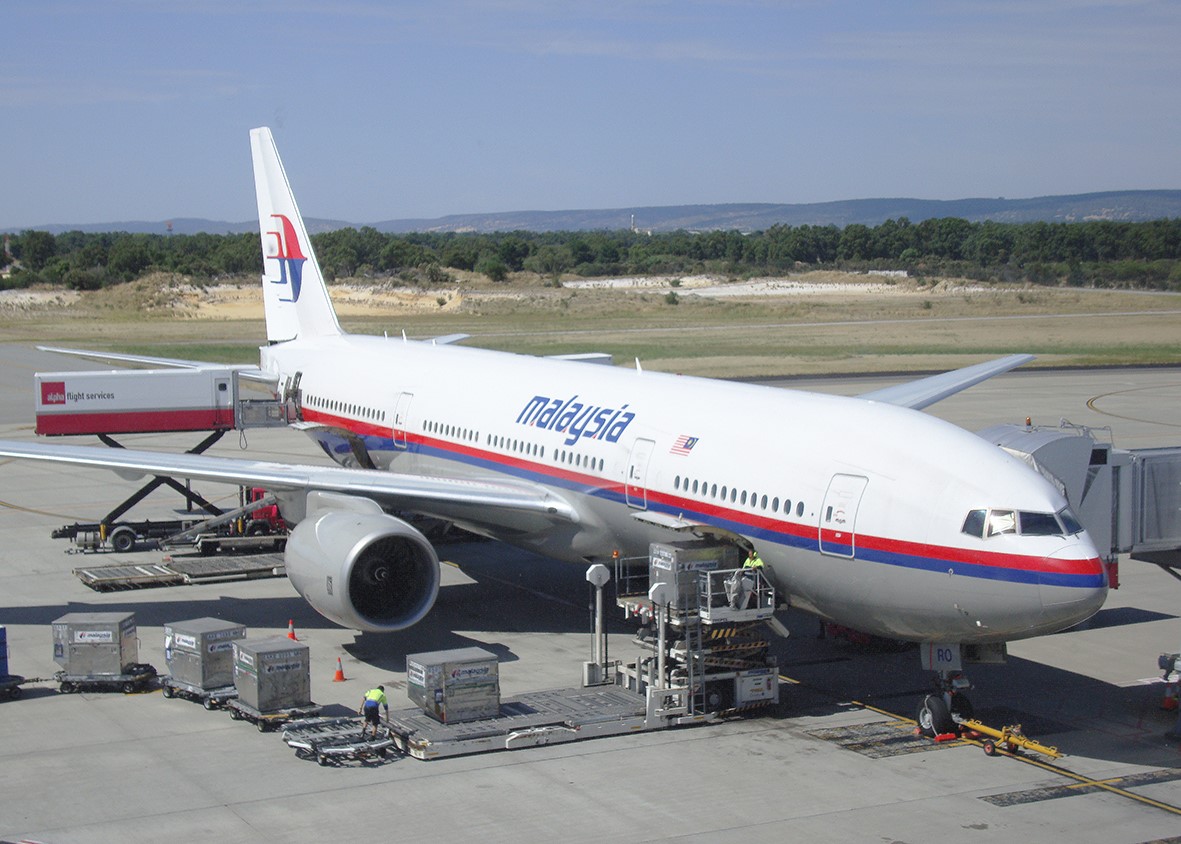MH370 tracking to start using new technology that is proven to work
26 September, 2021
3 min read


The greatest mystery in aviation is much closer to being solved after the latest trials of breakthrough tracking technology by aerospace engineer Richard Godrey.
Mr. Godfrey has pioneered a suite of software tracking and analysis technologies and has just completed yet another trial of WSPRnet and will now turn to track MH370 to its final resting place.
READ: Qatar Airways Privilege Club offers great deals
All the debris drift analysis and Inmarsat satellite tracking work completed by various Australian and global teams have the resting place of MH370 about 1,900km west-south-west of Perth, Western Australia, but it is hoped WSPRnet will provide a more precise location.
In fact, the latest drift analysis was completed by Mr. Godfrey earlier this year and points to an area – 1,960 km – due west of Cape Leeuwin, Western Australia is in a location that has been partially searched before but is in very difficult terrain with the sea bed up to 5,000m deep with high mountains, deep ravines, and even volcanoes.
READ: WSPRnet explained
Using the tools Mr. Godfrey has been able to detect and track aircraft anywhere in the globe and at any time currently or historically going back as far as 2009.
The WSPRnet system has been undergoing a number of trials that have been set up by ex-Qantas Captain Mike Glynn as well as flights provided by the New Zealand Air Force, The Australian Transport Safety Bureau, and Australia Maritime Search Authority and adjudicated by AirlineRatings.com.
All have been successful.
The latest trial involved an RNZAF Orion P-3C aircraft on March 28 2014 as part of the AMSA SAR after the disappearance of MH370. Read the full report here:
Mr. Godfrey said that "in total 90 data points over a period of 3 hours flying time were analyzed. Despite the fact that the Orion aircraft is much smaller than MH370 and despite the fact that the flight time was in the earlier part of the day where the WSPRnet transmissions are fewer, the aircraft could be successfully detected and tracked to and from the search area near the 7thArc.
"Whenever the aircraft made a tight turn or a sharp descent or climb, the number of WSPRnetanomalies increased. At one point it was even possible to detect the aircraft at an altitude of around 600 feet."
Mr. Godfrey says the trials have been an excellent proving ground for the holy grail of being able to give a more precise impact point for MH370 which disappeared on March 8, 2014, with 239 souls on board.
He will use the system to track MH370 from departure via the point of diversion to beyond the limited range of the civilian and military radar systems and into the Indian Ocean.
This data he says coupled with the Inmarsat satellite data will give a more accurate picture of the flight path followed by MH370.
"I expect this analysis to take 2 months and be finished by end of November 2021," Mr. Godfrey told AirlineRatings.com.
He adds that the information will be passed on to US-based Ocean Infinity, which has publically indicated that MH370 is unfinished business. Ocean Infinity searched for MH370 in January 2018.
However, any new search would likely not be till late 2022 early 2023.
Next Article
2 min read
Qantas triples profit but misses mark

Get the latest news and updates straight to your inbox
No spam, no hassle, no fuss, just airline news direct to you.
By joining our newsletter, you agree to our Privacy Policy
Find us on social media
Comments
No comments yet, be the first to write one.

